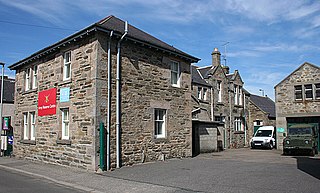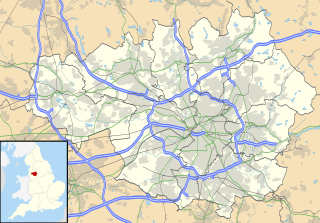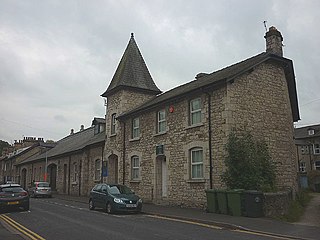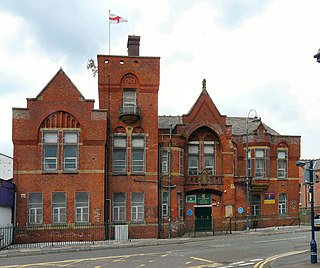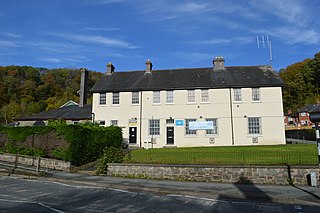| Fenkle Street drill hall | |
|---|---|
| Alnwick | |
 Fenkle Street drill hall, Alnwick | |
| Coordinates | 55°24′50″N1°42′29″W / 55.41387°N 1.70807°W Coordinates: 55°24′50″N1°42′29″W / 55.41387°N 1.70807°W |
| Type | Drill hall |
| Site history | |
| Built | 1834 |
| Built for | War Office |
| In use | 1834-1995 |
The Fenkle Street drill hall is a military installation in Alnwick, Northumberland. It is a Grade II* listed building. [1]
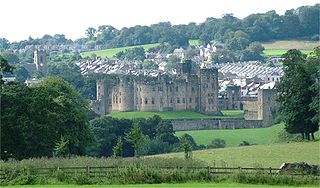
Alnwick is a market town in Northumberland, England, of which it is the traditional county town. The population at the 2011 Census was 8,116.
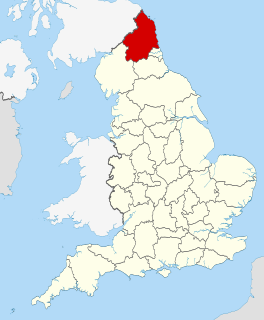
Northumberland is a unitary authority and a Historic County in North East England. The northernmost county of England, the unitary authority borders Cumbria to the west, County Durham and Tyne and Wear to the south and the Scottish Borders to the north. To the east is the North Sea coastline with a path 103 kilometres (64 mi) long. The county town is Alnwick, although the county council is based in Morpeth.

A listed building, or listed structure, is one that has been placed on one of the four statutory lists maintained by Historic England in England, Historic Environment Scotland in Scotland, Cadw in Wales, and the Northern Ireland Environment Agency in Northern Ireland.














